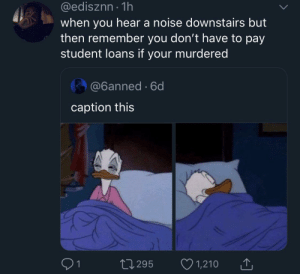
Crowd-funding is currently on the rise
Since the financial crisis, confidence in the classical banking world has fallen enormously. People are looking for alternative forms of investing and borrowing money. Due to the growing peer to peer community, the growth of the internet and the increasing trust in online purchases and investments, the trust in peer to peer credit and crowd-funding has also increased enormously. Platforms are known worldwide, but also quick cash options are examples of lenders who work without a traditional bank and appeal to individual people who all lend a small amount together to achieve the total amount required.
However, this form of business credit requires some extra preparation and a clear business plan. The most important thing about crowd-funding is that you know how to convey the message and make people enthusiastic about your project.

Documents required in most cases for a business credit application:
- An extract from the Chamber of Commerce
- Profit and loss account and balance sheet for the past two years
- Income tax return or assessment last year
- A prognosis about the current and next year
Information about the investment is also required. Think of:
- Appraisal report or building agreement
- Rental or lease agreement
- Specification and capacity of machine
Banks also often request documents such as:
- Order portfolio
- Stock of finished product
- Inventory work in progress
- Debtor overview
- Business plan
Alternatives for starters
Particularly in the case of small businesses, it often happens that the application is rejected at the bank. This can be very annoying and cause many problems. Reasons for this may be: insufficient confidence in the project, payment arrears, a lack of demonstrable results, etc. Fortunately, there are a number of alternative forms of business financing if the credit application is refused at the bank, or if you would rather not rely on external financing from a traditional bank.
Microcredit
A second alternative is to use the microcredit. A microcredit is a business loan of up to $ 50,000 for starting and existing entrepreneurs in small and medium-sized businesses. It helps people who have an idea and who want to start doing business with that idea. With this form of business credit, Dutch banks are co-financed by the ministries of Economic Affairs and Social Affairs. That way they can be a little more flexible in approving their projects and you are more likely to get approval for your application.
Private loan
A third possibility is to request a loan from a private investor. These are people with enormous capital with whom they invest in young and enthusiastic companies that are able to attract their attention. Private investors are more often prepared to take large risks because they are aware of the potentially large return that a risky investment can generate. With well-developed social skills, a clear vision and a risky business plan, the private investor may be the perfect choice to apply for external financing for your startup.
Subsidy
A last option is to apply for a subsidy from the government. In some cases, you can get financial support from the state to help your project grow or get started. Consider, for example, environmentally friendly solutions to current problems, a charity project or an improvement of the infrastructure in the city. Be sure to take a look at the website of the Dutch government for more information about subsidies for your company.
